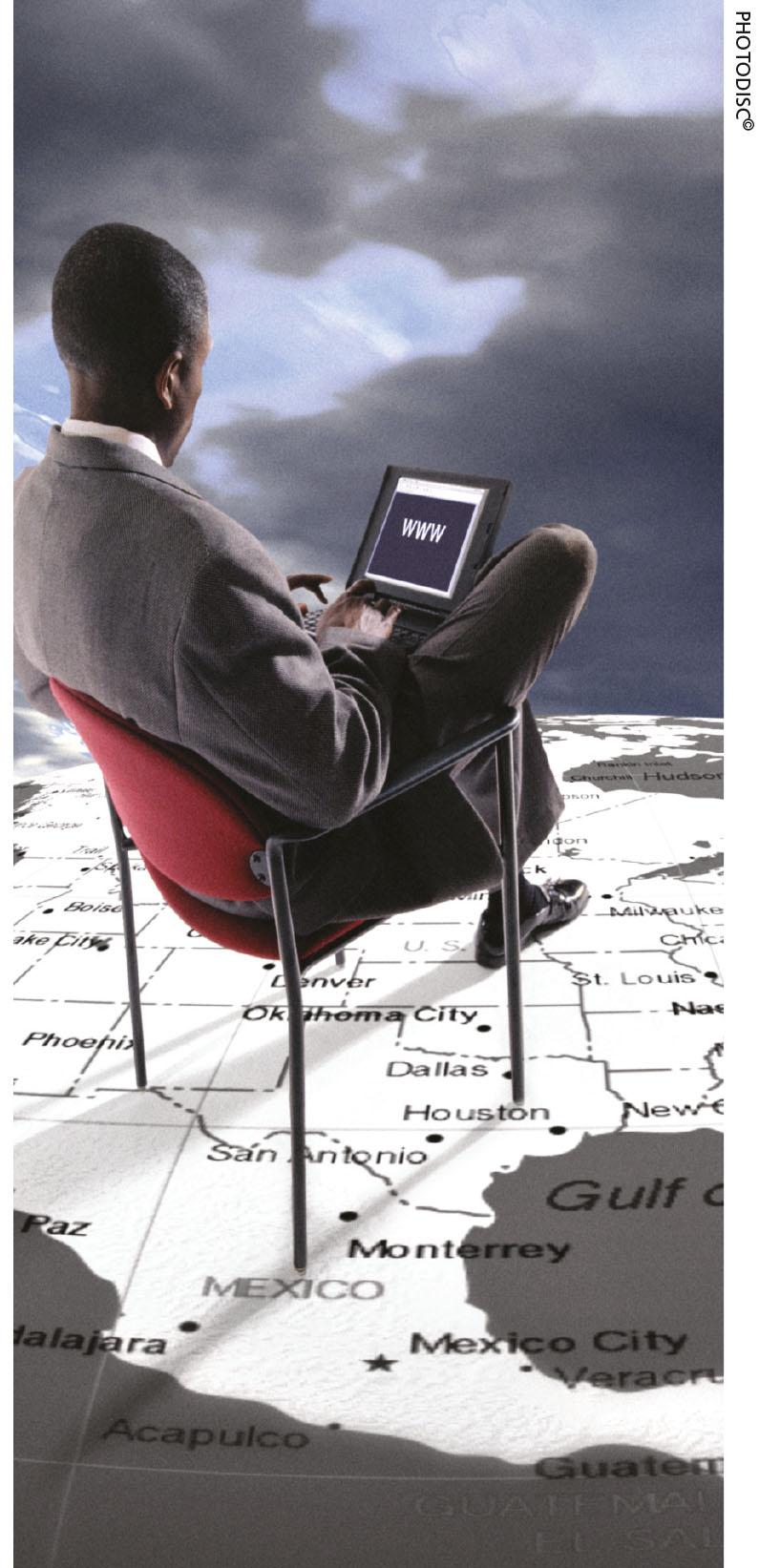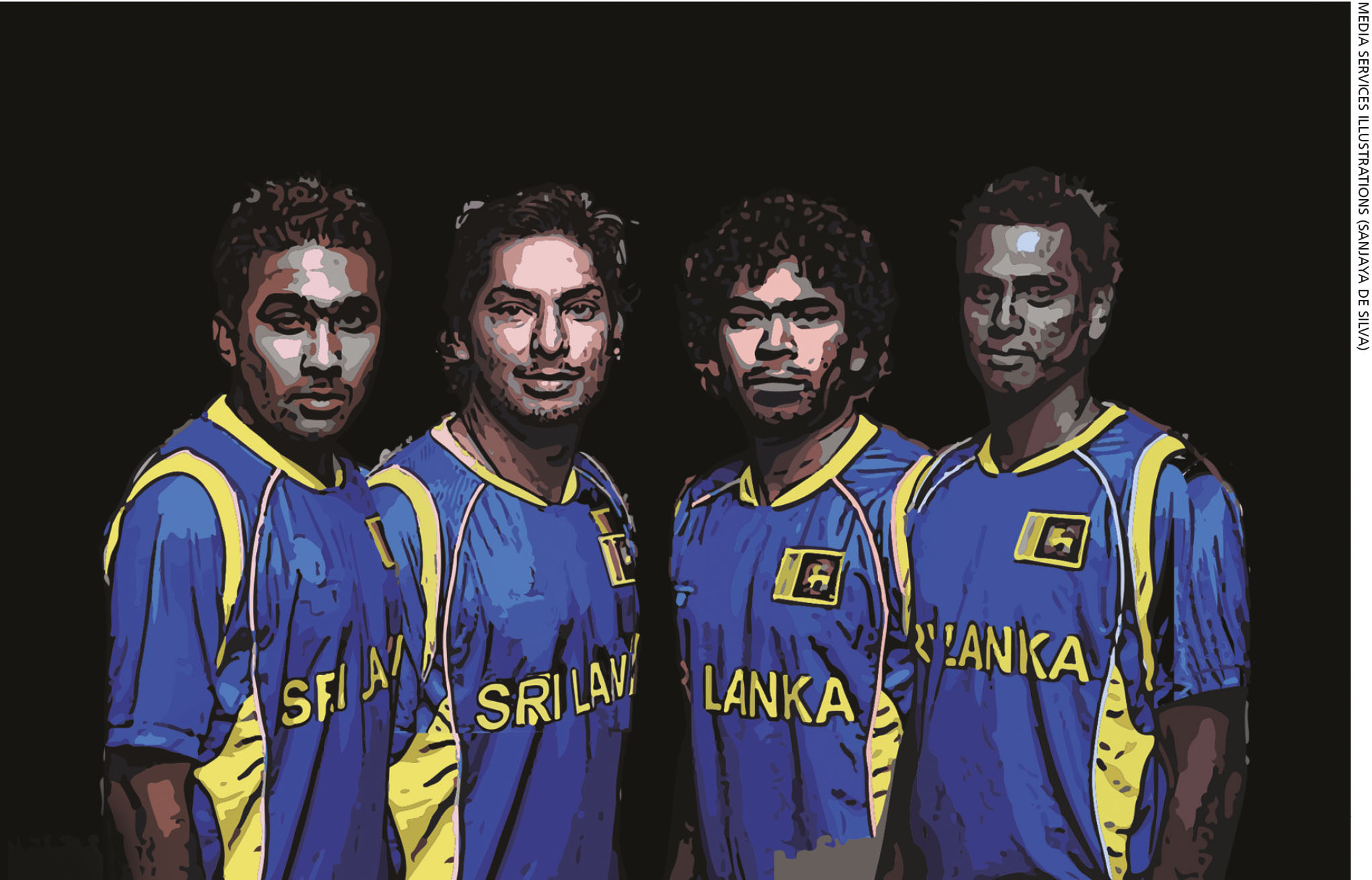COLOMBO BEAUTIFICATION
LMD ARCHIVES (JULY 2012)
OUR INVISIBLE CITY WALLS
Anoma Pieris reflects on the beautification of Colombo and its impact on the psyche of city dwellers who have lived through devastation
In early 2011, residents of Colombo were delighted to see the walls around public buildings dismantled one by one, and the beautiful parklands of our garden city put on display. The city that had been the target of the wrath of the JVP and LTTE, and hidden behind high perimeter walls was finally raising its leafy head. The delight of the residents was not merely due to the exposure of green lungs and sheer visual pleasure of seeing the city’s greenery, but a kind of renewed self-confidence following bitter decades when their city had been the target of pejorative comments by a host of politicians.
This was the city deemed corrupted and opulent, polluted and congested, the fallout of an era of politics when the city and all things associated with it (colonial and Western values) were brutally crushed. And although politicians lived in the city and sent their children to metropolitan schools, they found it politically expedient to malign the city and aggrandise the village. Slogans regarding village reawakenings and rural governments had been emblazoned on billboards or plastered on city walls. Gandhi, Schumacher and dynasties of Sinhalese kings had reached a consensus on the fate of the post-colonial city.
We also participated in the denial of the city at an individual level. Following ethnic riots, JVP threats and suicide bombings, residents took to raising perimeter walls and converting their homes into citadels.Gardens were uprooted and occupied by paved courtyards, and the public street was presented with a blank and hostile façade. I have previously described this phenomenon as stealth housing – housing which concealed its private opulence behind barriers comprising steel gates, acutely mindful of the poverty they were locking out.
The resultant withdrawal into private life and private values, and non-participation in a common public sphere, made us even more ethno-centric and less accountable for our prejudices. The need for security defined the forms, spaces and very materiality of the home. This language of walls travelled to suburban areas, where plantations and paddy fields were being filled in and levelled into a vast conurbation of adjacent cities – and the suburbs of Kotte, Maharagama, Nugegoda and Battaramulla became warrens of perimeter walls. An architectural language born of desert landscapes and medieval violence was being imposed on the space of the tropical city.
We were growing into a society suspicious of our neighbours, and our homes expressed our anxious insularity over who we were as a nation. It seemed as though we had no inkling of what a city was or how to live in it, or perhaps we didn’t really care about it.
Architects participated in this process and designed fortresses for the protection of their clients – private utopias for an increasingly elitist profession. These fortresses travelled down the coast and reappeared on a larger scale as tourist hotels with high walls, protected not against suicide bombings but from the economic disparities caused by a rigid class structure. We are protecting foreigners from our villagers, and these walls don’t seem to be coming down.
Firstly, it’s worth noting that the city is not alien to South Asian society, and that the models for both Hindu and Buddhist cities have formed the basis of our cultural histories. Tanjore, Madurai or Sri Lanka’s Cultural Triangle offer convincing evidence of South Asia’s urban geography. Our understanding of our cities and urban life, as being lost in the distant past and disconnected with our current subjectivity, is due to the centuries of colonial rule that reconfigured city-form according to an alien template. But Kandy, which resisted colonisation until 1825 and has retained its symbolic features, surely offers evidence of an urban habitus.
In fact, Kandy is a useful example of the language of walls that we have learned so well and are trying to deconstruct in this post-war period. Everyone refers to the decorative walls around the lake and the Dalada Maligawa as ‘the cloud wall;’ but as argued by James Duncan, Kandy Lake was built to represent the Cosmic Ocean. The lake was bounded by ‘wave swell’ and ‘cloud drift’ walls containing circular and triangular apertures representing fire, water, the moon and the sun. It was an effort by a Nayakkar King, Sri Wickrama Rajasinghe, to win over his Buddhist polity by designing a city as a mirror of the Buddhist heavens. In 1998, following an LTTE attack on the temple, fresh barricades in the form of steel fences were erected around the historic precinct separating the everyday spaces of the city from its symbolic centre. Citizens were forced to navigate this new obstacle course.
Everywhere in Colombo, and following each new suicide attack, both the erection of walls and the presence of military personnel carved up the city into high-security zones which we could not enter or through which we hurried.
You might argue that through repeated suicide bombings, the LTTE forced us to experience the fear that had already transformed the cities of the north and east. We began to forget what our institutions looked like, and lost our experience of a garden city with an open public sphere. Citizens hurried from one private venue to another, anxiously passing through security cordons and military checkpoints, and limiting their everyday social life to daylight hours, essential activities or private soirées.
We became a very private public.The dismantling of walls accompanies the tremendous sense of relief felt by all of us at the end of the military conflict. We can finally relax in our everyday activities and populate our public spaces. These are now filled and overflowing. The city has, instead, become the site for a different struggle between the UDA and the municipality – and indirectly, the two political parties (the Government and the Opposition), who otherwise confront each other in a less-maligned garden city in Kotte. The battle for Colombo continues on political grounds.
From the Government’s point of view, it needs to win over the citizenry, including minorities, who typically vote for the Opposition – but can also clear up sites of urban decay without affecting its voter blocs or constituencies, since this is not its support base. From the Opposition’s point of view, the Government – equipped with tremendous resources, in the form of army labour – is interfering in its turf. It counts on voters in the slums of the city and the need to preserve its integrity. Urban renewal disrupts these communities. Colombo’s wealthier citizens, basking in the pleasure of their garden city, are acutely aware of the politics of this space.
The impetus for improvement – or beautification of the city – is sometimes excessive, as evident over protests regarding a proposal to bring down the museum walls, structures that were designed as part of the building’s aesthetic in the 19th century. Such walls are ideological, demarcating pedagogical spaces of enlightenment – values erected for the edification of the colonised. Attempts to rename streets such as Ananda Coomaraswamy Mawatha after the new cultural centre are born of ignorance of the significance of Ananda Coomaraswamy, and the revival of our arts and crafts. Such efforts suggest that beautification initiatives are inattentive to the history of the city and may inadvertently erase sites of significance.
But since many Colombo residents continue to call their streets by remembered names and associations – Flower Road, Green Path and Thunmulla – more meaningful to them than the politics that overwrites it, we can be sure that every new incursion will provoke public debate.But what do the dismantling of walls mean for Colombo? Does it mean that the institutions exposed in all their glory have become more transparent? Does it mean that the ethno-religious preferences in legislature and government are being torn apart? More importantly, have the walls that divided our shared geography dissolved into new types of spaces common to all? Each new UN vote, diasporic declaration, inappropriate political commentary, attack on a minority institution or erection of a monument to a mono-cultural future reminds us that the walls that divided our city have become invisible but not been reduced to dust. Many of us, citizens of this plural nation, are engaged in the activity of building invisible walls.




